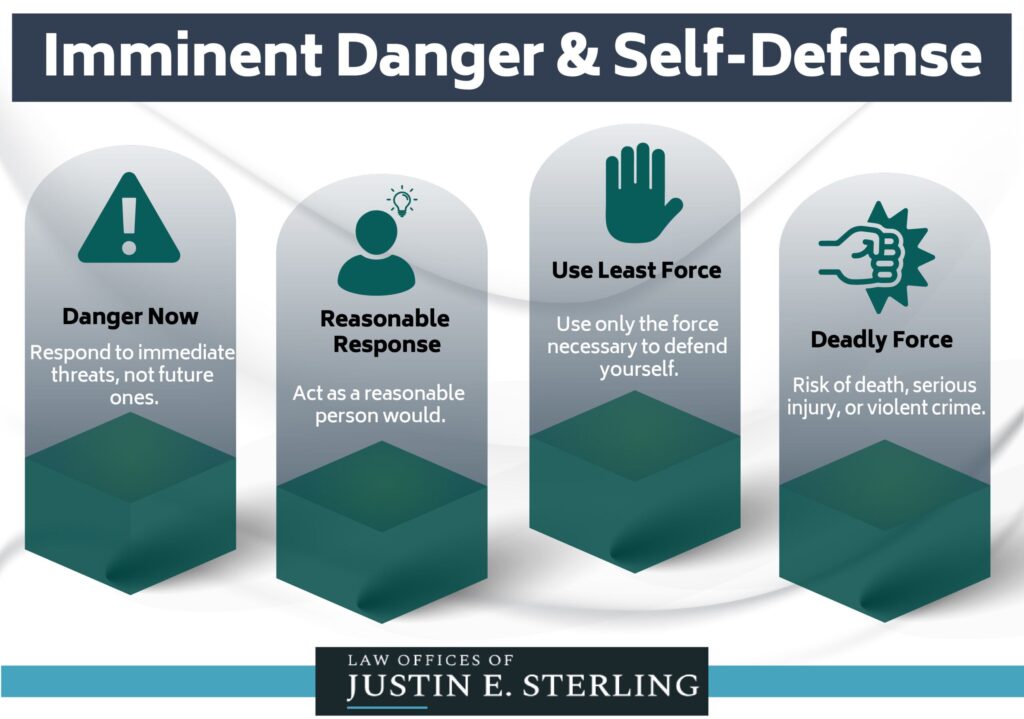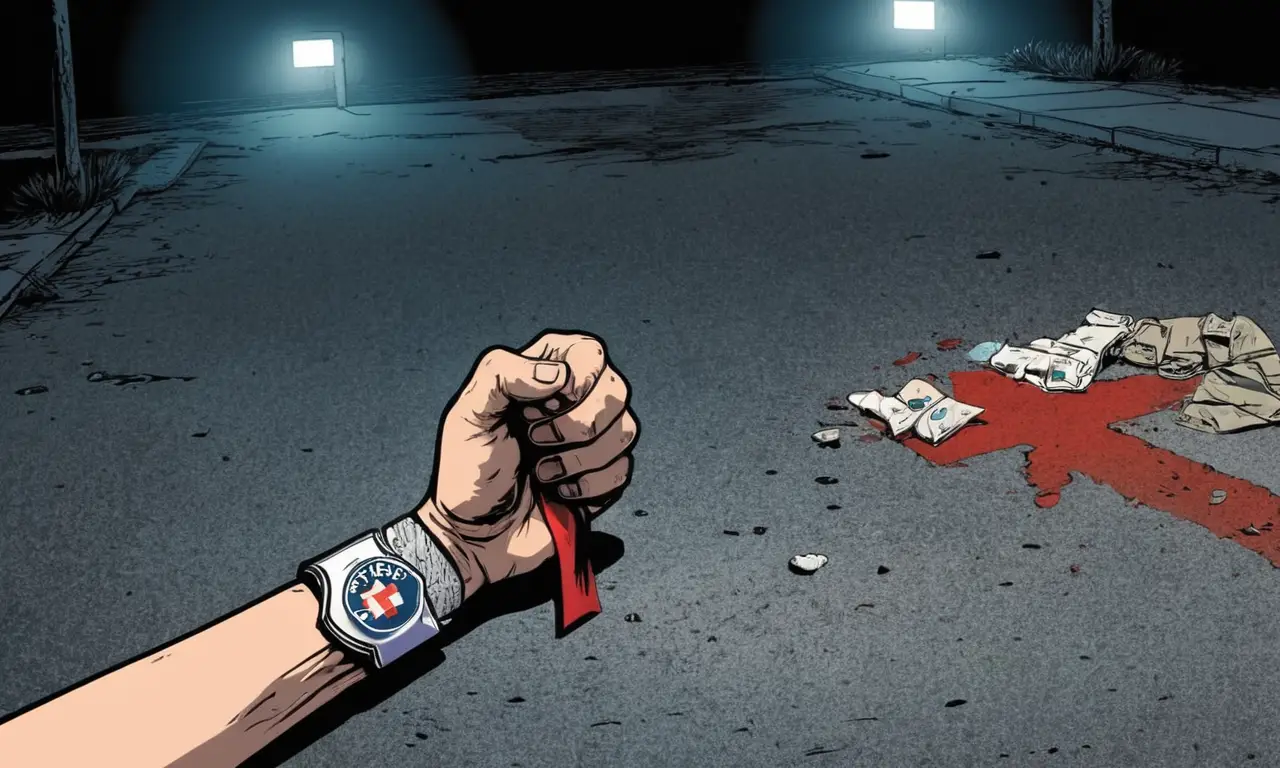
Conflict is an inevitable part of life, but navigating it safely and responsibly can be challenging. While avoiding confrontation whenever possible is always the best course of action, understanding when it’s appropriate to engage in an altercation is crucial for personal safety and well-being. This article will delve into the complexities of conflict resolution, exploring the factors to consider when deciding whether or not to physically intervene in a potentially dangerous situation.
This article will examine the circumstances under which engaging in an altercation might be necessary, focusing on self-defense and the protection of others. We’ll discuss de-escalation techniques as a primary strategy for resolving conflict peacefully, and outline the principles of physical intervention as a last resort when immediate danger is present. Finally, we’ll address the legal ramifications that can arise from altercations, emphasizing the importance of responsible action and careful consideration.
When to Engage in Altercation
Deciding when would it be ok to get in an altercation is a deeply personal and complex decision. There are no easy answers, as each situation is unique and requires careful assessment. However, some general guidelines can help you make informed choices:
- Imminent Threat: The most crucial factor is the presence of an immediate threat to your safety or the safety of others. If someone is actively attacking you or posing a clear danger, self-defense becomes a legitimate consideration.
Severity of the Threat: Assess the severity of the threat. Is it verbal aggression, physical intimidation, or actual violence? The level of risk should guide your response. A minor disagreement may not warrant physical intervention, while an assault requires immediate action.
Proportionality: If you choose to engage in an altercation, your response should be proportionate to the threat. Avoid escalating the situation unnecessarily by using excessive force. Aim to neutralize the threat and protect yourself without causing unnecessary harm.
- Legal Considerations: Remember that laws regarding self-defense vary depending on your location. Familiarize yourself with the legal framework in your area to understand your rights and responsibilities.
Self-Defense and Personal Safety

Self-defense is the right to protect oneself from harm. It’s a fundamental human need, and understanding how to defend yourself effectively can empower you in potentially dangerous situations.
- Awareness: Being aware of your surroundings is crucial for personal safety. Pay attention to people and situations that seem suspicious or threatening. Trust your instincts if something feels wrong.
Prevention: Take proactive steps to prevent altercations whenever possible. Avoid walking alone in dark or isolated areas, be cautious about sharing personal information with strangers, and set clear boundaries in interactions.
Training: Consider enrolling in self-defense classes to learn practical techniques for protecting yourself. These classes can teach you how to de-escalate situations, defend against common attacks, and escape from dangerous encounters.
De-escalation Tactics
De-escalation is a crucial skill for navigating conflict peacefully. It involves using communication and behavioral strategies to reduce tension and prevent situations from escalating into violence.
- Active Listening: Pay attention to the other person’s words and body language. Show that you are listening by making eye contact, nodding, and paraphrasing their statements.
Calm Voice: Speak in a calm and even tone of voice. Avoid raising your voice or using aggressive language, as this can escalate the situation.
Empathy: Try to understand the other person’s perspective, even if you disagree with them. Acknowledge their feelings and show that you are trying to see things from their point of view.
- Compromise: Be willing to compromise and find solutions that work for both parties. Avoid making demands or ultimatums, as this can lead to further conflict.
Physical Intervention as a Last Resort

Physical intervention should only be used as a last resort when all other options have been exhausted and there is an immediate threat to your safety or the safety of others.
- Assess the Situation: Before resorting to physical force, carefully assess the situation. Is there another way to de-escalate the conflict? Are there any potential risks involved in using physical force?
Minimize Harm: If you must use physical force, aim to minimize harm to yourself and the other person. Use only the amount of force necessary to neutralize the threat.
Legal Justification: Be aware that using physical force may have legal consequences. You must be able to justify your actions as being necessary for self-defense or the defense of others.
- Seek Medical Attention: After any altercation, seek medical attention if necessary, even if you believe your injuries are minor.
Legal Ramifications of Altercations
Altercations can have serious legal ramifications, regardless of who initiated the conflict.
- Assault and Battery Charges: Engaging in physical violence can result in charges of assault or battery, which carry penalties such as fines, imprisonment, or both.
Civil Lawsuits: The other party involved in an altercation may file a civil lawsuit against you for damages, even if criminal charges are not filed.
Insurance Implications: Your insurance coverage may be affected by your involvement in an altercation.
- Reputational Damage: Altercations can damage your reputation and relationships with others.
Conclusion
Navigating conflict responsibly requires careful consideration and a balanced approach. While avoiding confrontation is always the ideal scenario, understanding when it’s appropriate to engage in an altercation for self-defense or the protection of others is essential. Remember to prioritize de-escalation tactics, use physical intervention only as a last resort, and be aware of the legal ramifications that can arise from altercations. By following these guidelines, you can strive to resolve conflicts peacefully while ensuring your safety and well-being.
